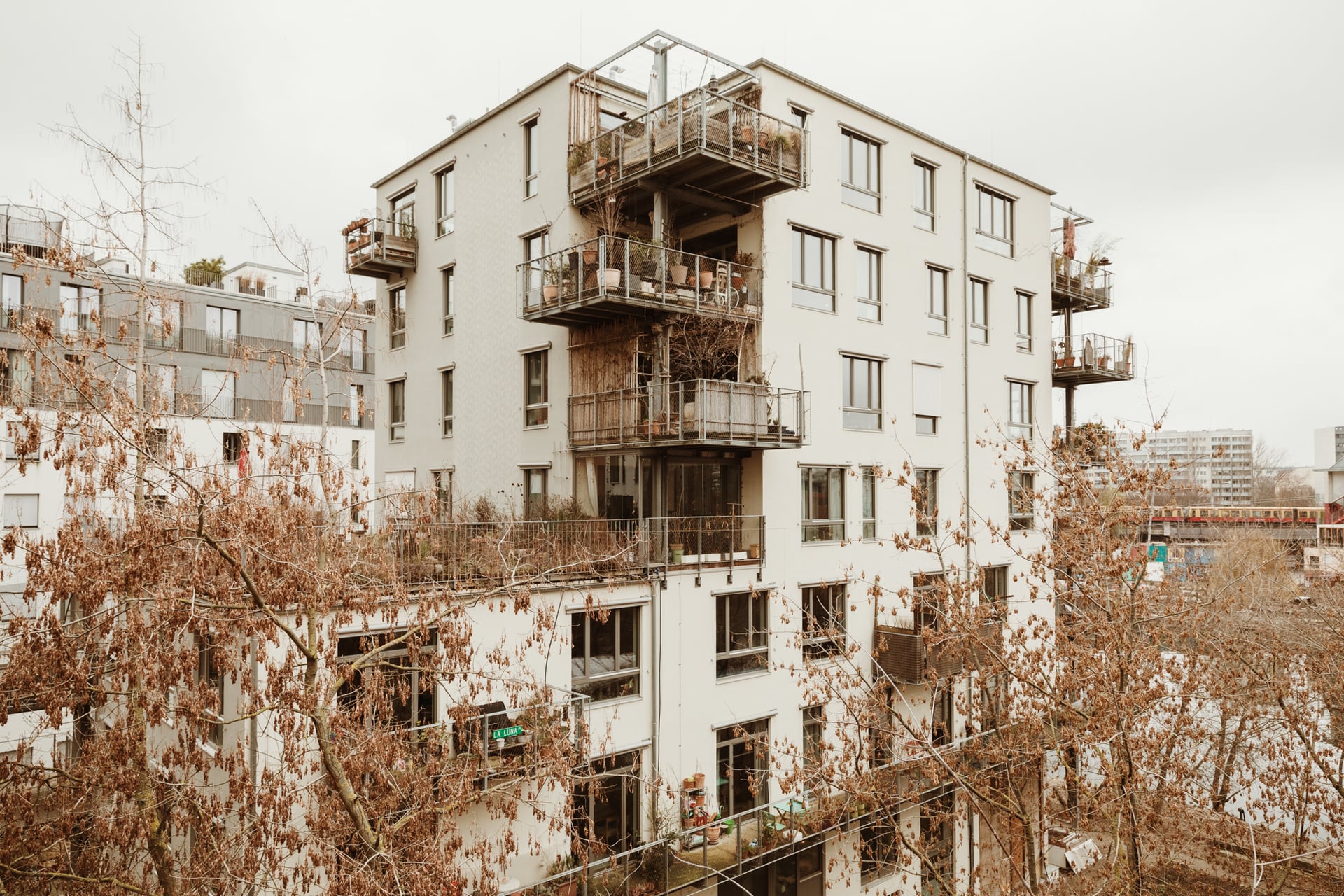### 🏡 Context and Background
The article "Living Labs for Housing: Co-operatives Reinvented" was published on April 4, 2021, by Assemble Papers, a platform that explores innovative ideas in architecture, urbanism, and design. The author, Manuel Lutz, focuses on the potential of housing co-operatives in Germany and Switzerland to provide high-quality, affordable housing through sustainable practices and community-driven initiatives.
### 💡 Co-operative Housing Model
Housing co-operatives are emerging as a viable solution to the affordable housing crisis in urban areas. They operate on the principle of "self-help," where members invest capital and have a say in the building standards that meet their needs. Notable examples include Spreefeld in Berlin, wagnisART in Munich, and mehr als wohnen in Zürich. These projects exemplify how co-operatives can offer affordable rents while fostering a sense of community and solidarity among residents.
### 💰 Mixed Financing Strategies
A critical element for the success of these co-operatives is their financing model. For instance, Spreefeld relies heavily on member equity, which covers 50% of the project financing. This leads to high entry costs, approximately €50,000 (around A$80,000) for a living unit of about 45 square meters. In contrast, wagnisART has adopted a mixed financing approach, incorporating city subsidies that allow for a reduction in entry costs from €4,400 to €23,500 for a 30-square-meter unit. This model ensures that a significant portion of the units remains affordable, with rents ranging from €5 to €13 per square meter.
### 🌍 Inclusivity in Housing
The mehr als wohnen project in Zürich stands out for its commitment to inclusivity, aiming to reflect the city's social demographics within its resident mix. This project integrates subsidized and rent-controlled housing, allowing for lower entry costs and rents that are significantly below market rates. Approximately 20% of the units are designed to be affordable for low-income residents, demonstrating a successful model for social housing within co-operatives.
### 📈 The Importance of Scale
The size of these co-operative projects plays a vital role in their sustainability. Larger developments—such as those at Spreefeld, which accommodates 150 residents, and mehr als wohnen, housing up to 1,200—benefit from economies of scale. This allows for better quality, lower costs, and a wider range of community amenities. Larger co-operatives can invest in renewable energy, shared resources, and diverse housing options, making them more viable in the long term.
### 🌿 Future Outlook
While co-operatives present a promising avenue for sustainable housing, they face challenges such as the need for reliable state funding and support. The article emphasizes that continued commitment from these organizations to reinvest profits into new housing projects is essential for their growth. For co-operatives to thrive, transparent subsidies and favorable land access must be made available, enabling them to remain a significant provider of quality, affordable housing.
### 🤝 Conclusion
In conclusion, co-operative housing models in Germany and Switzerland illustrate innovative approaches to addressing the housing crisis through community solidarity and sustainable practices. With a focus on inclusivity, mixed financing, and large-scale developments, these projects serve as valuable examples for other European countries seeking sustainable housing solutions.
